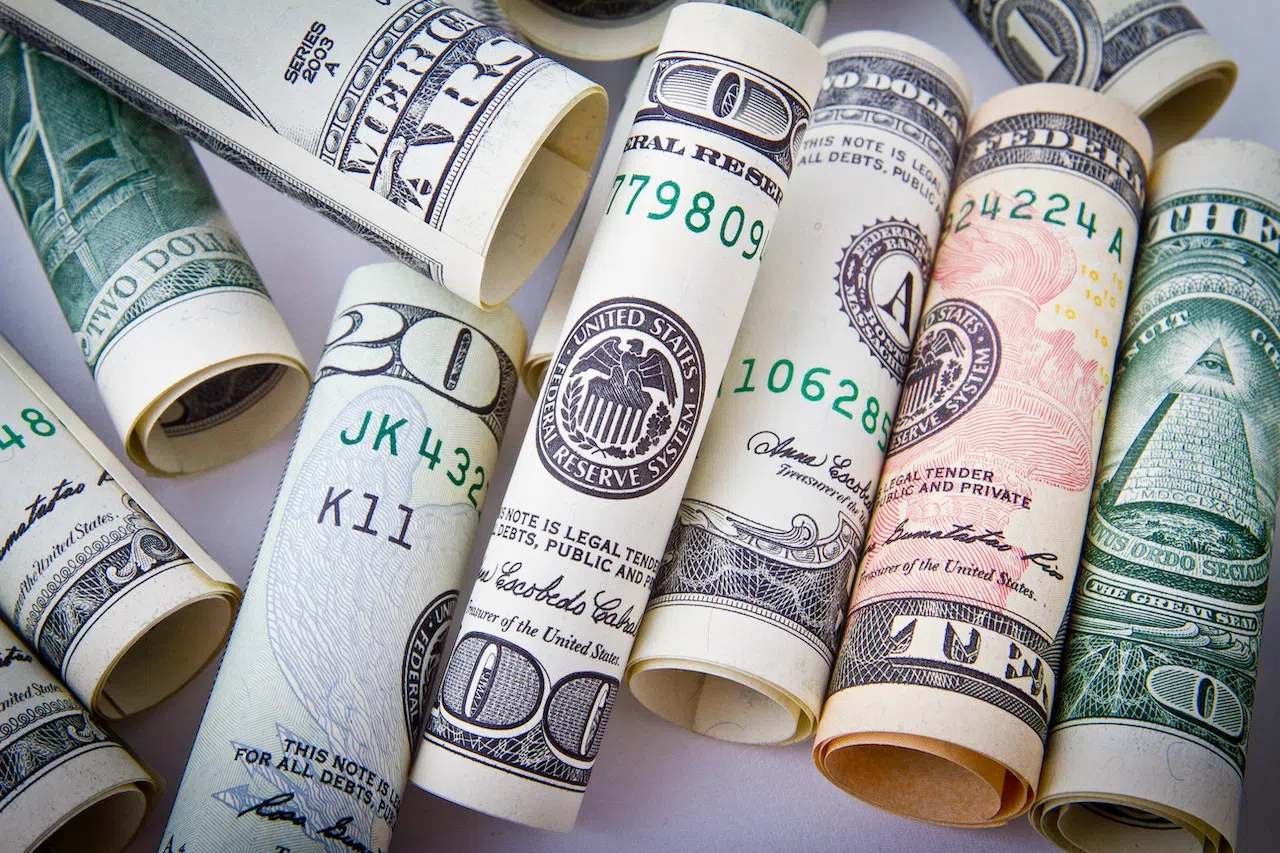The goal on performing maintenance should be to net a profit, but at the very least you should never lose money. Contractors often have the misconception that you can lose money on maintenance because you “make it up” in either service or replacement. Everything you provide to a customer should at least break even, whether it is maintenance, service, or replacement.
If your company’s maintenance growth is exponential and you are losing money on every agreement, your losses will increase exponentially. If the growth continues, cash for the maintenance agreements increases, and you don’t see the harmful effects of the losses. Once growth stops, the cash increase will too, and you will start seeing cash problems associated with the losses.
Job Costing to Avoid Loss on Maintenance Agreements
For residential agreements, let’s work with an example of 1,000 maintenance agreements. When you job cost, you discover that you are losing $10 per agreement, or $10,000 total. To make up the loss on agreements — if we assume that your company has a 5% net profit —your company must then generate $10,000 divided by 5% or $200,000.
For commercial agreements, job costing is also essential. Each agreement is unique: different equipment numbers and types, as well as different frequencies of service. Therefore, each agreement should be viewed as a job, and at the end of the year, you should review the net profit per hour for that job. If the net profit per hour is negative, then raising the price of the agreement is critical.
Net Profit Per Hour – How to Analyze
The “net profit per hour’ is defined as the net operating profit divided by billable hours. Net operating profit is revenue minus direct costs minus overhead. (Be sure to read my article next month. I will discuss pricing in detail).
So, what net profit per hour should you earn?
Breaking Even vs. Net Profit
Maintenance agreements should be priced to at least break even where “break even” is defined as net profit per hour equals zero.
A zero net profit per hour does not allow for any mistakes, different technician speeds, or technicians with different hourly rates performing maintenance. For example, if you price your maintenance plans with the hourly rates of the technicians who normally perform maintenance, then if a higher paid technician performs maintenance, you will lose money on those specific maintenance tickets.
So, it is best to use a “net profit per hour” more than zero. How much more than zero?
Residentially, maintenance agreements are usually priced with a minimum of $5 net profit per hour. This gives you a little profit to cover the times when a higher paid technician performs the maintenance. In addition, if a SPIFF is not paid on renewals, and the SPIFF is $10 per agreement, then the net profit per hour for years two and beyond, is $15.
Commercially, a minimum of $5 net profit per hour is also appropriate. However, you might discover that your net profit per hour on some maintenance agreements is $25 or even higher. Can you increase the maintenance prices for those agreements which are not earning the average net profit per hour?
Commercial maintenance customers usually have service or project work that arises because of maintenance. So, you should job cost the entire account including service and replacement work to see if the entire account is profitable.
However, if a customer asks you to bid a replacement roof top unit, as an example, you will not quote the customer a price in which your company loses money on that replacement. So, why would you bid maintenance to lose money?
If you discover that your maintenance plans are not profitable, then it is time to raise prices to at least $5 net profit per hour. If you haven’t raised prices in several years, it is easy to explain to the customer that since costs have increased, unfortunately, you will have to raise prices to cover the additional costs.
If a customer does not renew their maintenance agreement and looks for a cheaper alternative, often these customers return in a year or two because they discover that the “cheaper” alternative company, didn’t satisfy their needs. The cheaper maintenance price resulted in inflated service costs, or they could never reach that company when they had a problem.
In our current economic times, most customers understand increasing prices. They know that costs have gone up because they have experienced the increases themselves. Therefore, they should understand your need to increase prices.
Earn at least $5 net profit per hour on your maintenance agreements.
Ruth King has more than 25 years of experience in the HVACR industry and has worked with contractors, distributors and manufacturers to help grow their companies and become more profitable. Contact Ruth at ruthking@hvacchannel.tv or at 770-729-0258.






